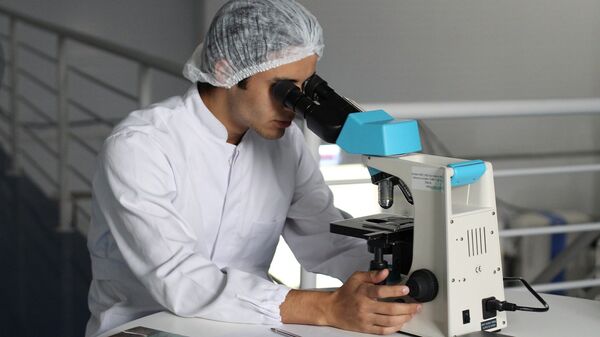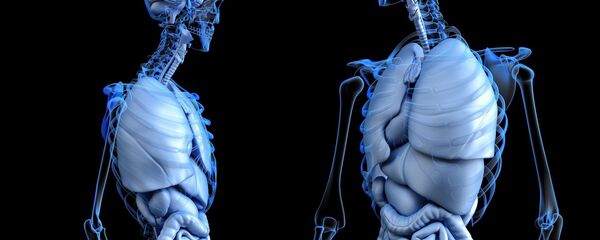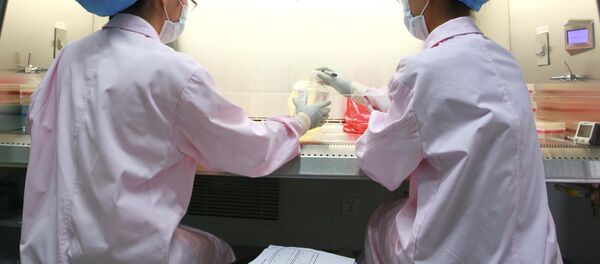Sputnik has discussed the results of the new study with Dr. Bettina Liebmann, a consultant on environmental analysis, respected expert on microplastics at Environment Agency Austria and the study’s co-author.
Dr. Bettina Liebmann: Since this is the first study of its kind investigating microplastics in human stool samples, we didn’t have any data beforehand.
This was also the reason why we started with a very small number of participants, namely 8 persons. The conclusions to draw are really, really difficult, but what was astonishing for all of us was that all 8 out of 8 participant had microplastic particles in their stools. The origin of these microplastics is difficult to tell.
As you mentioned before, there are many sources of plastics that are potentially entering our bodies via food, via ingestion and also by inhalation. So there is a large variety of possibilities and we indeed need further research to gain more information on that.
Dr. Bettina Liebmann: Well, this question is hard to answer given our small sample size. The good news is, I think personally, that the microplastics we found in the stool samples are a sign that those particles are excreted from the body.
We cannot tell, however, how many particles remain inside the human body. We definitely need further research and our study should also act as a call for scientists to do more research on microplastics in the human body.
Sputnik: Has there been an interest in the scientific community in these findings? Perhaps there has already been some kind of movement to further study this or do a larger scale study?
Sputnik: How high are the concentrations that we are talking about I would’ve imagined that everybody’s got plastic in their bodies, it’s just because it’s everywhere: it’s in the water, it’s probably in the air, as you mentioned. How high were these concentrations, were they really alarming?
Dr. Bettina Liebmann: Well, it’s difficult to tell because we don’t have any reference values. So, these are the first numbers that we can give at the moment, for 8 people who are not really representative, so please bear that in mind.
We found a mean value of 20 particles made of several types of plastics per 10 grams of human stool. If this is a high number or a low number, we can’t really tell at the moment. Basically, it would be perfect if there were no particles of plastic in our body, but these figures now can serve as a baseline value for further studies.
Sputnik: We all hear about the danger of plastic in the environment, that it takes ages and ages to decompose and on the other hand, we are hearing that these microplastics are products of the decomposition of plastic. Can you make some sense out of that for us, please?
So, larger pieces of plastics, be it for example packaging, break down over time, influenced by UV radiation, for example, and turn into smaller and smaller microplastic particles.
This is also the reason that we can’t really tell the origin of the microplastic particles when you find them anywhere in the environment and, more particularly, in human stool, because there are so many different ways for microplastics to be formed.
Dr. Bettina Liebmann: So far there is no standardized definition of the term “microplastics.” As you said, it’s now a common understanding that microplastics are particles smaller than 5 mm.
The lower threshold, however, is still under discussion. Some say it is one micrometer, others say the lowest threshold should also include the nano-range.
Views and opinions expressed in this article are those of Dr. Bettina Liebmann and do not necessarily reflect those of Sputnik.








